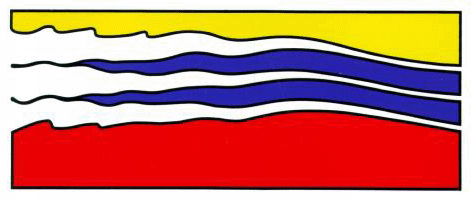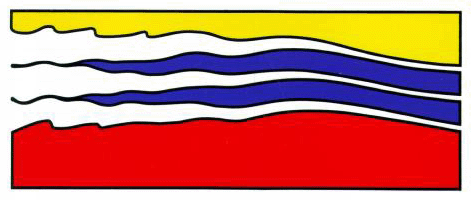
4111 Monarch Way, 3rd Floor
Old Dominion University
Norfolk, VA 23508
757-683-4940


Net circulation and zooplankton vertical migrations in fjords
are the two paradigms explored. The paradigm of net circulation in
fjords is typically described as being two-layered with outflow at the
surface and inflow at depth. This work investigates modifications to
such paradigm by proposing a three-layered flow structure in fjords, or
in general in semi-enclosed basins, with depths that are at least 5
times greater than a depth of frictional influence. Obvations with
acoustic profilers in several Chilean fjords provide ample evidence for
the development of three-layered circulations, which are also supported
by theoretical results that point to tidal forcing as the main driving
agent. Acoustic profiler observations also offer evidence that seems to
modify the second paradigm, which deals with diel vertical migrations of
zooplankton. Throughout a period of more than 6 months, observations
reveal the typical ∼150-200 m ascent of sound scatterers at dusk. It is
found, however, that the ascent is followed by an immediate (0.5 hr
later) ∼30 m descent, where the scatterers reside at night.
Moreover, a rapid near-dawn ascent precedes the typical descent beyond
the photic zone. This double cycle that adds a pre-dawn ascent and
post-dusk descent constitutes the proposed adjustment to the veritcal
migration paradigm.
Arnoldo Valle-Levinson is a Professor at the Civil and Coastal Engineering Department, University of Florida. Prior to moving to Florida in 2005, Dr. Valle-Levinson worked at the Center for Coastal Physical Oceanography of the Ocean, Earth and Atmospheric Sciences Department, Old Dominion University. His work concentrates on estuarine and coastal hydrodynamics and on interdisciplinary studies of dissolved and suspended matter transport. He very much looks forward to seeing his colleagues and getting feedback from the ideas to be presented there.

|
Innovation Research Park Building I 4111 Monarch Way, 3rd Floor Old Dominion University Norfolk, VA 23508 757-683-4940 |

|